Like System
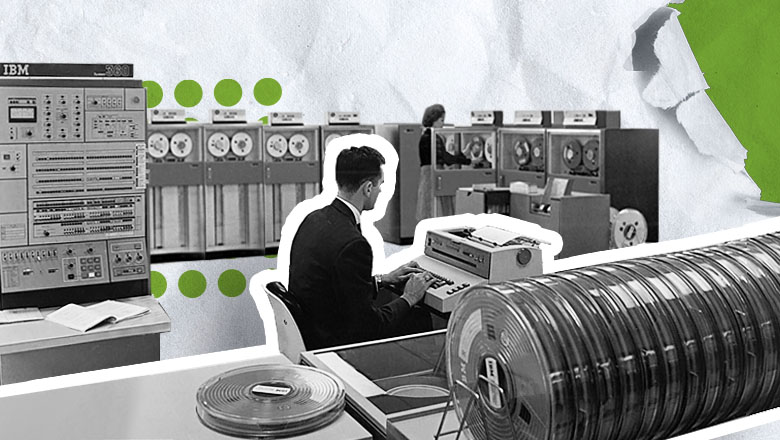
On April 7, 1964, sixty years ago, IBM announced the IBM System/360 family of computers. Author of the book “From Good to Great” Jim Collins named System/360 one of the top three business achievements of all time, along with Ford's Model T and Boeing's first 707 jetliner.
IBM System/360 has become a symbol of an entire era in the history of information technology. It was for System/360 that the 8-bit byte was invented. The IBM/360 was also the first 32-bit computer system. In this article, we'll dive into history and learn how the IBM System/360 made a technological breakthrough and turned mainframe manufacturing into a large-scale manufacturing process.

Problems brewing
Now the idea of System/360 seems simple and obvious. Just a line of computers that will run the same software. However, before 1964, computer systems, even from the same manufacturer, were generally incompatible with each other.
Software and peripherals from older systems could not work with new systems. Upgrading was not easy. To simply update the hardware, applications had to be rewritten.
“Imagine that a company spent a fortune and two or three years developing a banking application, and then new hardware comes along on which the old software does not work, and you have to do everything all over again,” said Pat Toole, one of the engineers of the first System/ model. 360.
And for IBM itself the situation was unfavorable. It was necessary to produce outdated equipment and maintain specialists who could configure it. Maintaining multiple incompatible product lines was costly in both time and resources.
In addition, there was competition in the industry: Honeywell, Burroughs and Control Data Corp., Remington Rand presented their products. And customers, in fact, didn’t care who they bought the next “unique” computer from, because in any case, everything had to be configured again.
Therefore, when in January 1961 IBM presented a draft of a new system 8000, which was very “powerful”, but still incompatible and expensive, it became clear that the company was at a dead end. The project was not implemented; IBM began developing fundamentally new models.
“5 billion dollar gamble”
In 1961, under the leadership of new CEO Thomas J. Watson, Jr., IBM created a 25-member working group called SPREAD (Systems Programming Research and Development). The goal was to create a new system.
The team's endless arguments were seriously slowing down the idea development process, so management sent SPREAD members to a hotel in a suburb of New York with an ultimatum that no one would leave until the team reached an agreement.
The 80-page report was eventually submitted in time for Christmas. The team's idea was to create a series of scalable systems, differing only in processing power.
Each device is compatible with others. A program that runs on one computer can run on all systems, and all computers use standard interfaces.
The recommendations formed the basis of System/360. The name “360” was chosen to express the idea of full coverage, literally 360 degrees.
During the discussion, it became clear that System/360 processors must use new technologies. This means that the new family will not be compatible with existing IBM systems. It was risky.
Thomas Watson doubted for a long time.
System 360 “was the most important and risky decision I had ever made, and I agonized over it for weeks, but in my heart of hearts I believed there was nothing that IBM couldn't do,” Watson wrote in the book ” Father, Son and Company: My Life at IBM and Beyond.”
As a result, Watson bet the entire company on the development of System/360.
The chief architect of System/360 was Gene Amdahl, creator of the IBM 704, a mainframe computer used in scientific research. The project was led by Fred Brooks. It was he who coined the term “computer architecture.”
Brooks collaborated with Bob Evans and Erich Bloch, and they received the first-ever National Medal of Technology for their roles in developing System/360.

Fortune magazine in 1966 named the creation of System/360 was IBM's $5 billion gamble.
And indeed, a lot did not go according to plan. The development of the system took much longer than originally expected; the engineers literally lived in the company, working 100 hours a week.
The cost of System/360 significantly exceeded the planned $625 million. The company spent $5.25 billion on the development of the system (in modern prices this is about $41 billion). Creating a family of computers cost more than Manhattan Project.
The risk of bankruptcy for IBM was real, because the company spent more than it earned in a year, but everything ended well.
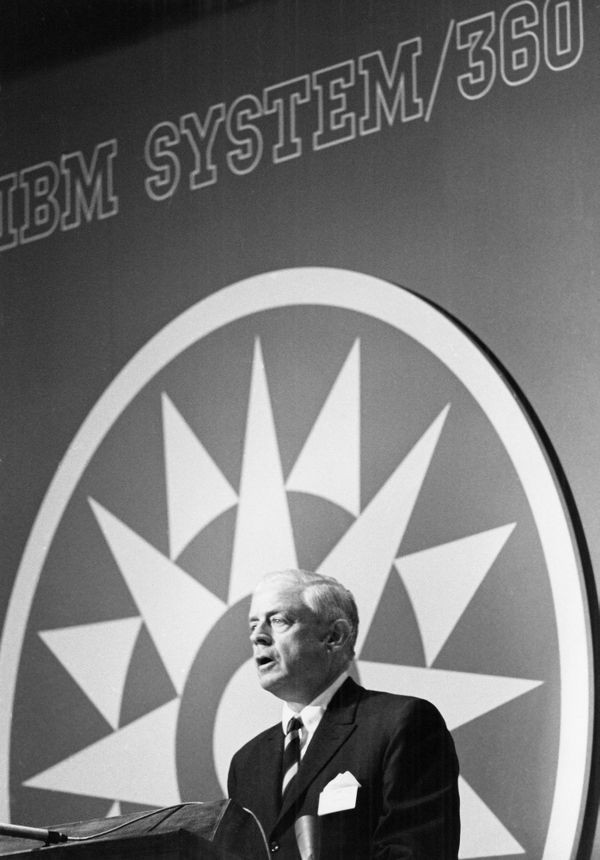
The announcement of the system took place on April 7, 1964. The company introduced six processor models covering a wide range of performance, as well as 44 peripherals.
System/360 was designed to serve all possible types of users.
Design was separated from assembly so systems could be replicated.
Component compatibility made the System/360 modular, and although only six systems were announced, they had 19 combinations of power, speed, and memory.
IBM wanted the hardware to be separated from the software so that the program could run on different versions of the System/360.
The IBM chairman noted in his memoirs that not all of the equipment presented at the April 7 exhibition was real – some of the devices were simply wooden mock-ups.
The main work was ahead. A very dangerous, tense and difficult period of production development began. The company hired more than seventy thousand new employees, built factories and accepted more and more orders.
The first deliveries of low-end machines were promised in the third quarter of 1965, and deliveries of more complex machines in the first quarter of 1966.
Computer family
IBM released 14 System/360 models, including select machines for scientific computing.
The first models 30, 40, 50, 60, 62 and 70 were announced back in 1964.
Models 30 and 40 were aimed at the low and middle segment of the market. They were the most profitable, accounting for more than half of System/360 units sold
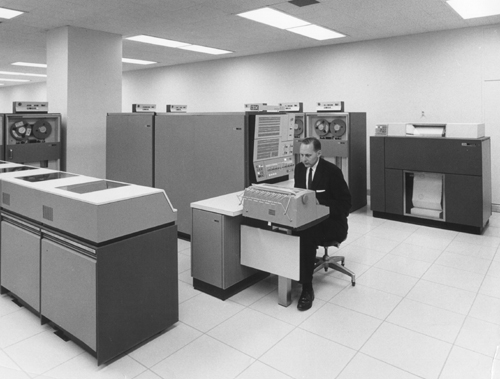
Models 60, 62 and 70 were not implemented. Instead, IBM released models 65 and 75.
In 1966, the Model 20 was released, which became the most budget version of the System/360. It had only 4096 bytes of main memory and eight 16-bit registers.
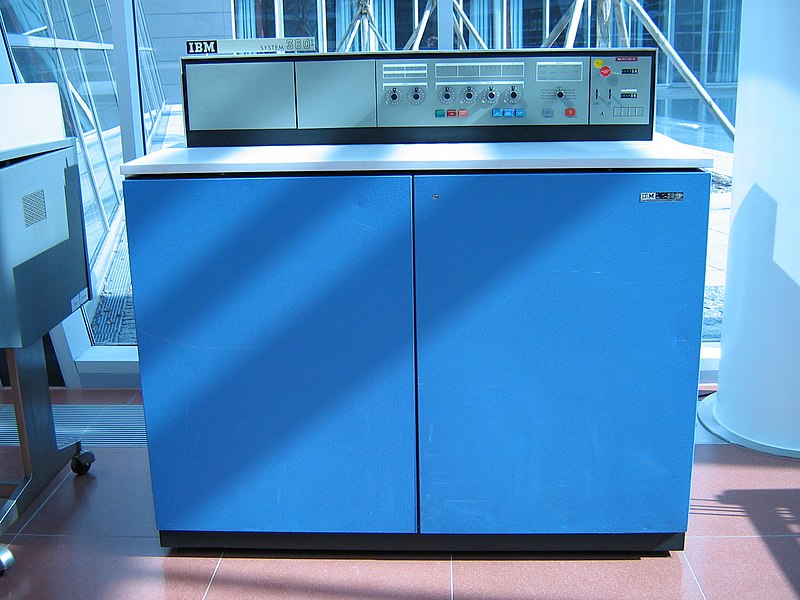
During this same period, IBM released the Model 44, specifically optimized for scientific computing.
Initially, System/360 used the idea of “microprogramming” to ensure that all models used the same set of commands. The commands were divided into a number of “micro-operations” specific to a given system implementation.
The Model 75 and larger systems eliminated the use of microcode. This was done to ensure higher speed.
Among the high-end cars were also models 67, 85, 91, 95 and 195.
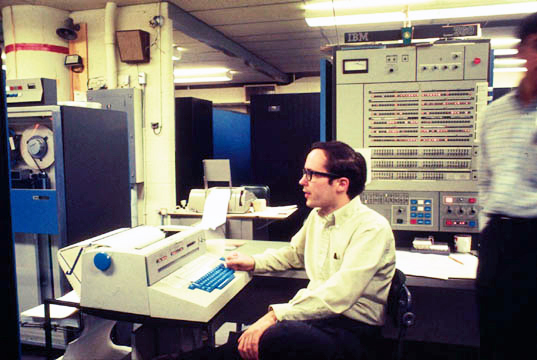
The Model 67 was the first IBM product to support virtual memory hardware.
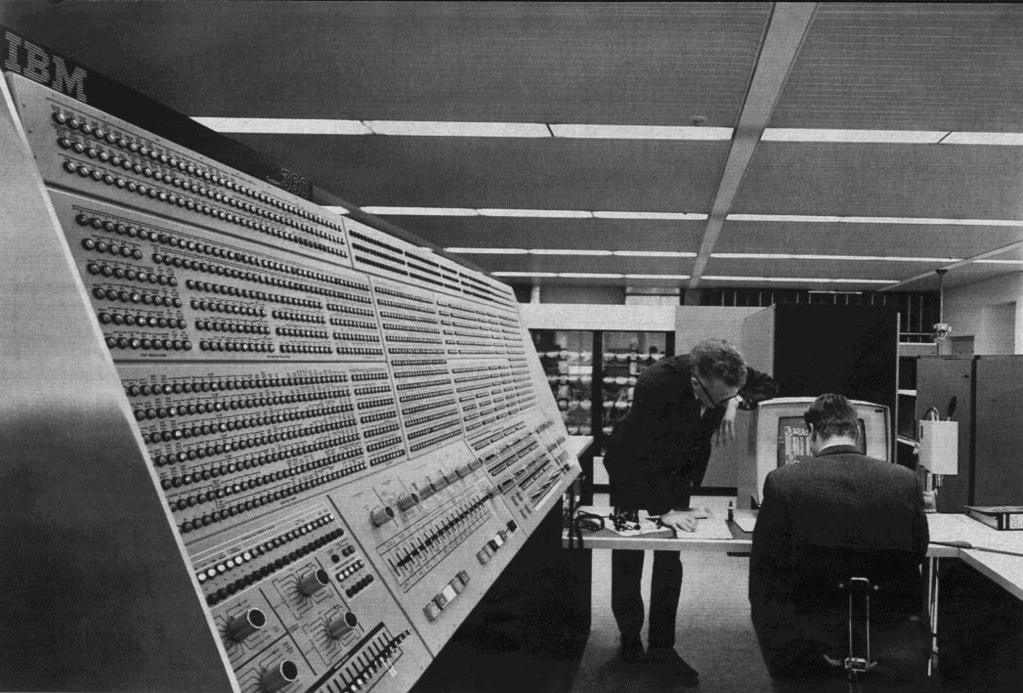
The Model 85 was an intermediate model between the System/360 and the later System/370.
Technical features
System/360 introduced new technological solutions such as:
Solid Logic Technology (SLT). A method used by IBM for hybrid packaging of electronic circuits. The technology allowed the company to create faster and smaller machines than its competitors.
8-bit byte addresses. System/360 standardized a byte as being eight bits and used a word length of 32 bits, which helped simplify the architecture.
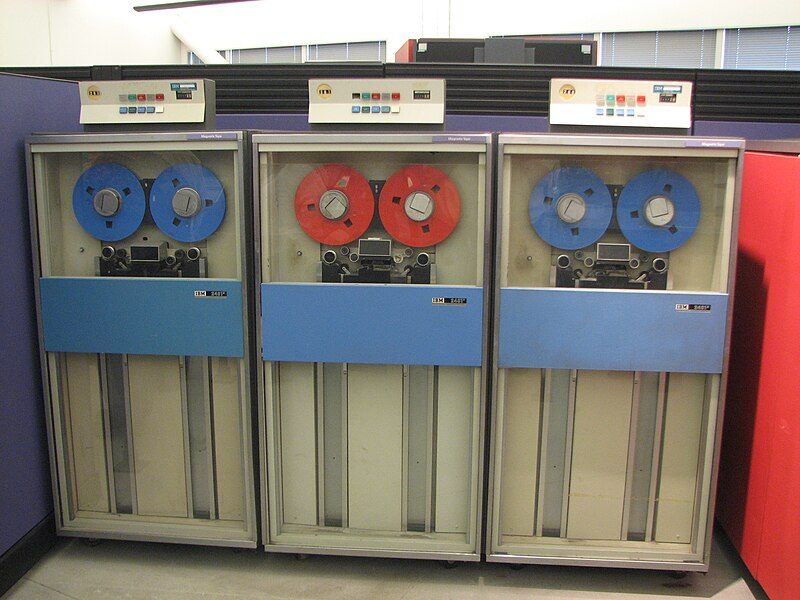
IBM floating point architecture. Floating point numbers are now supported for common operations involving addition, subtraction, multiplication, square root, etc.
OS/360 versions
Creating the software cost IBM a lot of trouble. The cost of the OS/360 project was tentatively estimated at $30 and $40 million. As a result, they spent $500 million on software.
The developers were faced with difficult tasks: to ensure system compatibility and to make it possible to run two or more programs simultaneously.
IBM hired 1,000 people to work on the operating system. More than a million lines of code were created. But the increase in the number of programmers did not bring the expected results.
Brooks reflected his experience working on OS/360 in the book “The Mythical Man-Month”. One of the principles described in the book says: increasing resources on a project does not always lead to a decrease in its time.
Brooks claims that development of the Algol compiler will take six months, regardless of the number of programmers involved in the process.
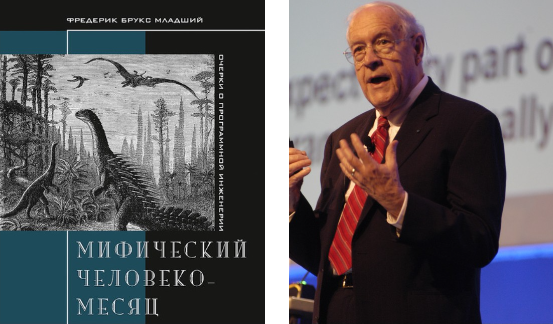
Things didn't go according to plan. It was not possible to create one package-oriented operating system. There was no time for development, the hardware was ready, and OS/360 was late.
It was decided to release the operating system in a simplified form with the promise of future updates.
In total, three versions of the operating system were created:
OS/360 MFT (Multiprogramming with a Fixed number of Tasks) Multiple programming with a fixed number of tasks. The system could run multiple programs, but the limitation was that when one program was idle, the memory allocated to it remained unavailable to other programs.
OS/MVT (Multiprogramming with a Variable number of Tasks) Multiple programming with a variable number of tasks. The system allowed memory sections to be recreated as needed. When memory is idle, it is allocated to another program in the search queue.
In 2000, OS/360 entered the public domain and is now freely available for users and developers to download and improve.
System/360 value
IBM's risk paid off handsomely: in just the first three months after release, IBM received $1.2 billion in orders. By the end of the 1960s, System/360 had become an industry standard. It has been used in corporations, government agencies, universities and research centers around the world.
IBM's dominance was so strong that in 1969 the US Department of Justice began antitrust proceedings alleging that the company was illegally monopolizing the mainframe market.
The system remained successful for a long time, and a whole market of “clones” appeared. During the 1960s and 1970s, many companies produced clones of the IBM System/360. Some companies, such as Memorex, produced hardware clones of the System/360. For example, magnetic disk drives.
Even Gene Amdahl, the system architect for System/360, founded his own company producing IBM clones.
Overall, System/360 had a profound impact on the computer industry, setting an industry standard and cementing IBM's market dominance for two decades.
The success of the system led to an increase in demand for mainframes and contributed to technological innovation. It became possible to stop writing software for different computers, and developers could focus on new applications. A completely new world has opened up for IT, the world of megaprojects.
The UFO flew in and left a promotional code here for our blog readers:
-15% on any VDS order (except for the Warm-up tariff) – HABRFIRSTVDS.





